
Herdedwords.com uses affiliate links. This means we receive a commission on the sale of certain items. This is at NO additional cost to you. Visit the policies page to learn more.
Who’s telling this story?
Anyone. Anywhere. Anyhow.
The Point of View of a novel is referring to who the story is being told by. It affects how the story unfolds and how much information the narrator can provide.
There are 4 different points of view that you can use to write a story.
- First Person Point of View
- Second Person Point of View
- Third Person Limited Point of View
- Omniscient Point of View
Today, we’ll deep dive into the omniscient point of view.
Table of Contents
What is Omniscient Point of View?
Omniscient point of view is told in the third person.
What is Third Person?
If a story is written using the third person point of view, the narrator will be someone (something?) watching the character. You see, hear, smell, feel, and taste everything because of the narrator.
John entered a competition. It came down to the last round and it was just him versus Jane. He likes to think of himself as the best. However, it is not his decision to make.
The judges will decide the winner for themselves after they watch them compete. The round itself will be difficult. It will require all their focus.
Jane hopes she can win. Her mother taught her everything she knows. Her mother is watching from the stands chanting “it’s hers” to herself.The prize for winning is only $10 but John and Jane both want it to be theirs.
He, his, him, himself, she, her, hers, herself, they, their, theirs, them, themselves, it, its, and itself are all third-person pronouns.
The last third person pronoun is its – which indicates possession – if you want to say it is, use it’s. When you’re using it as possession use its. For example: My phone loses its charge after 2 hours, it’s terrible!
Who is the Narrator in Omniscient Point of View?
An omniscient narrator can be anywhere. They are not a character in the novel, but an all-knowing outside entity.
An omniscient narrator knows everything (although they should not share everything they know). If you think of the story like a movie, the omniscient narrator is the director.
An omniscient narrator shouldn’t keep the same distance all the time. Get up close and personal with characters, scale back for an overview and venture everywhere between. These different perspectives are often referred to as Deep Point of View, Light Point of View and Overview Point of View.
| Deep POV | Light POV | Overview POV |
| Very intense | Not intense | Bigger picture |
| It’s like being stuck right on the shoulder of the character. | It’s like taking a couple steps back from the character. | It’s like hovering above the character. |
| Everything that’s happening is shared. | Actions and events are shared but thoughts are probably not. | Thoughts are not shared. |
| Great for short but very emotional scenes or the most intense parts of action scenes. | Great for scenes that are a bit heavy on the telling. | Great for setting and exposition. |
When to Use Omniscient Point of View
Here are five reasons that omniscient point of view might be the best choice for your novel.
#1 – Have the Most Freedom and Flexibility
As an omniscient narrator, you can go anywhere. Do anything. Be anyone. Know everything. Your options are only limited by you. This maximizes your freedom and flexibility.
Modern Examples
SYCAMORE ROW, published in 2013, is a mystery, thriller & suspense novel by John Grisham.
SYCAMORE ROW spent 7 weeks at #1 on the NYT Bestseller List. Between 2009 and 2018, John Grisham spent a total of 40 weeks at #1 on the NYT Bestseller list.
SYCAMORE ROW is a pretty standard thriller. Omniscient narrators are a common choice because it gives the most flexibility to the narration. Information in SYCAMORE ROW was provided in any manner necessary to keep readers engaged. Omniscient narrators are especially useful for providing information to readers but not characters.
Herschel glared at his brother-in-law, the leech, but kept his cool. All three suspected trouble with Seth’s estate, so there was no sense in rushing things.
ALL THE LIGHT WE CANNOT SEE, published in 2014, is a historical fiction novel by Anthony Doerr.
ALL THE LIGHT WE CANNOT SEE won the 2015 Pulitzer Prize for Fiction. It also spent 1 week at #1 on the NYT Bestseller List.
ALL THE LIGHT WE CANNOT SEE is a complicated story. It has many moving parts and a large cast of characters. By using an omniscient narrator, characters were never forced into unfitting situations. Instead, the omniscient narrator could provide all the necessary details at any time.
Frau Elena is a Protestant nun from Alsace who is more fond of children than of supervision. She sings French folk songs in a screechy falsetto, harbors a weakness for sherry, and regularly falls asleep standing up.
#2 – Tell a Plot-Driven Story
Plot-driven stories usually have more action and less dialogue. It can be complicated and difficult to be limited to one character (or the perspective of one character at a time).
With an omniscient narrator, you can move between time and places without the confines of a character’s perspective.
Modern Examples:
THE TARGET, published in 2014, is a mystery, thriller & suspense novel by David Baldacci. It’d book 3 in the Will Robie series.
THE TARGET spent 2 weeks at #1 on the NYT Bestseller List. Between 2009 and 2018, David Baldacci spent a total of 11 weeks at #1 on the NYT Bestseller list.
In typical thriller fashion, THE TARGET sets a fast, plot-driven pace. The use of an omniscient narrator makes this simpler to do than choosing a character-narrator would have.
THE MEN COULD NOT HAVE looked any more tense. It was as though the weight of the world was resting on each of their shoulders.
THE UNDERGROUND RAILROAD, published in 2016, is a historical fiction novel by Colson Whitehead. Amazon Studios is planning a limited drama series based on the novel.
THE UNDERGROUND RAILROAD won the 2017 Pulitzer Prize for Fiction and the 2016 National Book Award for Fiction.
THE UNDERGROUND RAILROAD is a plot-driven novel. It uses a series of events to move the plot along. The omniscient narrator has access to more information than a single character would. This keeps the reader moving along at a quick pace.
If anyone heard or saw, they did not intervene. The Hob women sewed her up.
#3 – Increase Dramatic Irony
What is dramatic irony?
According to dictionary.com, dramatic irony is “irony that is inherent in speeches or a situation of a drama and is understood by the audience but not grasped by the characters in the play.”
An omniscient narrator knows everything so they can provide more dramatic irony. Your reader can know anything the narrator wants them to, whether the characters know or not!
Modern Examples
THE GRAVEYARD BOOK, published in 2008, is a children’s fantasy novel by Neil Gaiman.
THE GRAVEYARD BOOK won the 2009 Hugo Award. Disney is planning a movie based on the novel.
THE GRAVEYARD BOOK starts with strong dramatic irony. Bod’s family is killed but he is not. He doesn’t learn this until later, but the reader knows all along. This increases the readers’ sympathy for Bod, right from the start.
That Silas had volunteered to be the boy’s guardian had weight—Silas was regarded with a certain wary awe by the graveyard folk, existing as he did on the borderland between their world and the world they had left.
#4 – Make the Narrator Separate from the Story
Since the narrator is not a character, they can maintain a distinct and separate identity to the story. An omniscient narrator (especially in the past tense) is like a historian – they provide all the details of the story.
The narrator can have a distinct persona, separate from that of the characters to provide commentary and information about the characters, setting, story, etc.,
Modern Examples
LESS, published in 2017, is a satirical comedy novel by Andrew Sean Greer.
LESS won the 2018 Pulitzer Prize for Fiction.
LESS is told from the perspective of a character (you don’t find out which one until the end). I found this really uncomfortable while reading Less.
Technically, LESS is a third limited narrator. And yet, it’s omniscient because the character can’t possibly know all the details as they’re told.
But now a bit of luck: from the world outside the lobby, a chime rings out, one, two, three, four, five, six, seven, causing Arthur Less to pop out of his seat. Look at him: staring at his betrayer, the clock, then running to the front desk and asking—at last—the essential temporal question.
#5 – Provide a lot of Backstory
Backstory. It’s one of the most difficult things to incorporate into a story.
An omniscient narrator can provide backstory in the most natural way. They can also provide any and all needed backstory.
This makes the 3rd person omniscient narrator the best choice for novels that need a lot of backstory.
Modern Examples
SHELTER IN PLACE, published in 2018, is a romance novel by Nora Roberts.
SHELTER IN PLACE spent 1 week at #1 on the NYT Bestseller List. Between 2009 and 2018, Nora Roberts spent a total of 29 weeks at #1 on the NYT Bestseller list (16 weeks as Nora Roberts + 13 weeks as JD Robb).
SHELTER IN PLACE is a great example of using an omniscient narrator to provide backstory. There was a lot of backstory in this novel.
Personally, I think about the first half of SHELTER IN PLACE is all backstory. With even more backstory sprinkled into the second half of the book.
Furthermore, SHELTER IN PLACE is also often a great example of how difficult it can be to tell the difference between omniscient and limited.
Books written in the third person omniscient will often have huge amounts, entire chapters, where it seems like it’s third person limited. It’s often only small moments in a novel that show the omniscience of the narrator.
He didn’t have a bigoted bone in his body. He knew assholes and motherfuckers came in every color and creed.

Writing Practice
Today we’re going to practice writing omniscient point of view.
We’ll be modifying sections of LITTLE RED-CAP, a version LITTLE RED RIDING HOOD written by the Brothers Grimm. If you’re not familiar with the story, take 5 minutes to give it a read.
Exercise: Omniscient Narrator
The excerpt below is 116 words, make it more interesting. We know that Little Red-Cap uses an Omniscient Point of View but not from this passage.
Your Task: Rewrite the passage so it’s clearly told by an Omniscient Narrator – include things (thoughts, feelings, what they see, etc) that would be known by more than one character or that none of the characters could know.
LITTLE RED CAP Excerpt
One day her mother said to her: ‘Come, Little Red-Cap, here is a piece of cake and a bottle of wine; take them to your grandmother, she is ill and weak, and they will do her good. Set out before it gets hot, and when you are going, walk nicely and quietly and do not run off the path, or you may fall and break the bottle, and then your grandmother will get nothing; and when you go into her room, don’t forget to say, “Good morning”, and don’t peep into every corner before you do it.’
‘I will take great care,’ said Little Red-Cap to her mother, and gave her hand on it.
Need an idea?
Add feelings and actions to the passage. Imagine you’re looking down from the ceiling or sky and explaining what’s happening.
One day her mother said shouted to her: ‘Come, Little Red-Cap!’
Little Red-Cap sulked over.
‘Here is a piece of cake and a bottle of wine; take them to your grandmother.’
‘Why?” Little Red-Cap demanded
‘she is ill and weak, and they will do her good.’
Little Red-Cap _____________.
Her mother continued, ‘Set out before it gets hot, and when you are going, walk nicely and quietly and do not run off the path, or you may fall and break the bottle, and then your grandmother will get nothing; and when you go into her room, don’t forget to say, “Good morning”, and don’t peep into every corner before you do it.’
‘I will take great care,’ said Little Red-Cap to her mother, and gave her hand on it.
Exercise: Extend the Excerpt
The excerpt below is 66 words.
Your Task: Extend the excerpt to be at least 100 words. Be sure to prove that you’re an Omniscient narrator – include things (thoughts, feelings, etc) that would be known by more than one character or that none of the characters could know.
LITTLE RED-CAP Excerpt
Then all three were delighted. The huntsman drew off the wolf’s skin and went home with it; the grandmother ate the cake and drank the wine which Red-Cap had brought, and revived, but Red-Cap thought to herself: ‘As long as I live, I will never by myself leave the path, to run into the wood, when my mother has forbidden me to do so.’
Need an idea?
The excerpt can be extended in any way you want, but if you’re struggling to think of something try this: Add a thought for each character. Red already has one, but the huntsman and grandmother do not.
Then all three were delighted.
The huntsman thought to himself: ‘__________.’ He drew off the wolf’s skin and went home with it.
The grandmother ate the cake and drank the wine which Red-Cap had brought., and revived, She thought: ‘__________.’but Red-Cap thought to herself: ‘As long as I live, I will never by myself leave the path, to run into the wood, when my mother has forbidden me to do so.’
Should You Choose Omniscient Point of View?
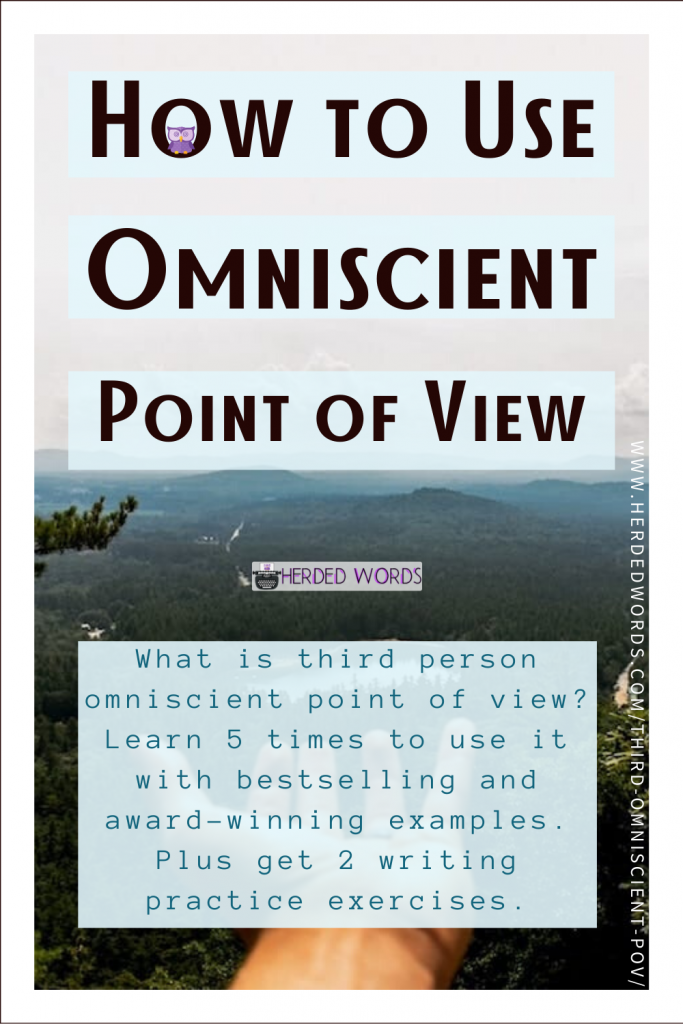
Being all-knowing is difficult. What do you hold back? What do you share? Master the third person omniscient and you can master anything.
Share your exercises in the comments below.
Now that you’ve learned about the different points of view, check out Comparing Point of View in Literature next.
Like this post? Please PIN IT and follow me on social media. Thanks!
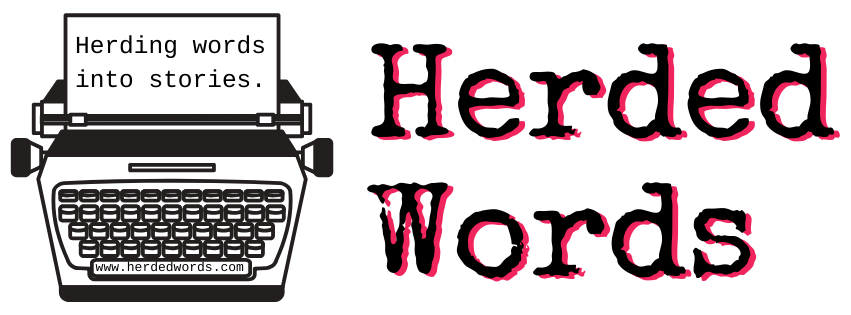
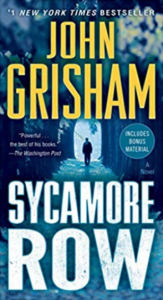
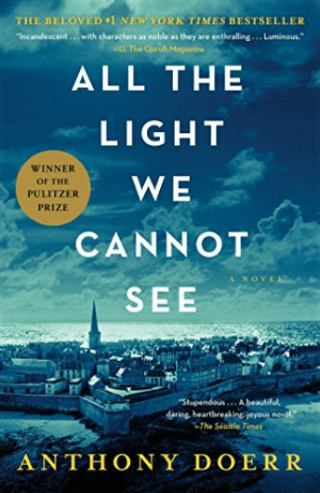
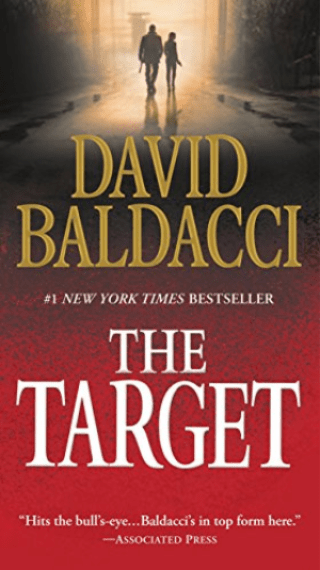
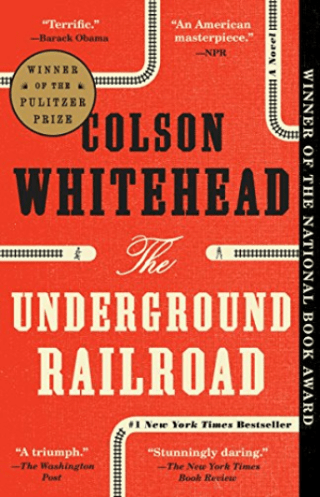
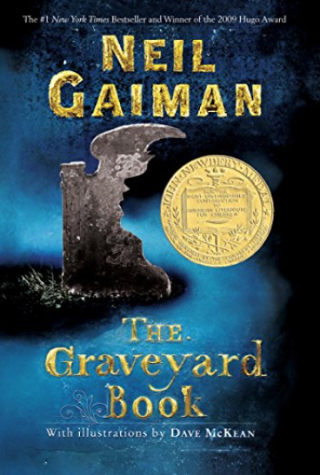
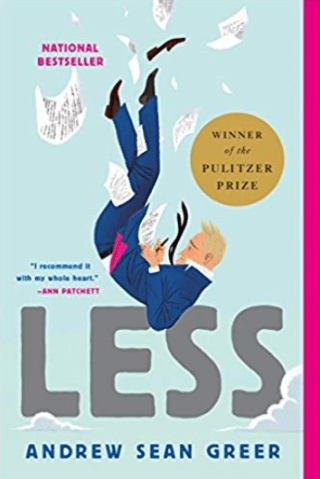
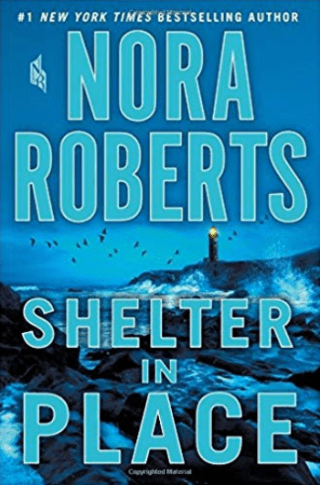

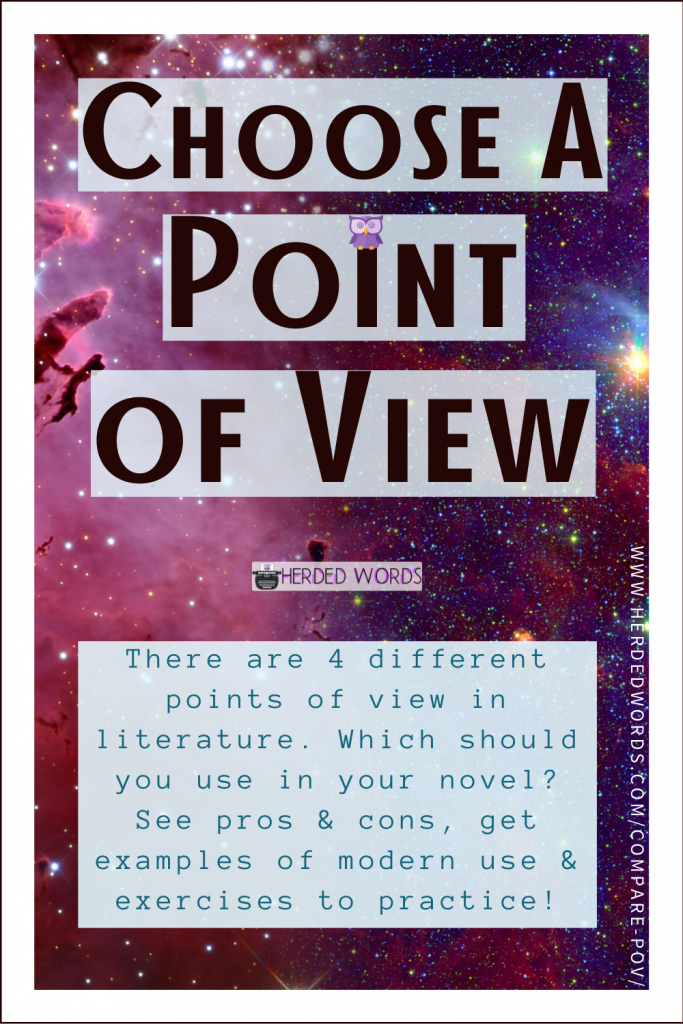






Thank you! I absolutely loved this article. It’s exactly what I was looking for. It’s the best explanation of omniscience POV I’ve ever read! I have a better understand now. Thanks again!